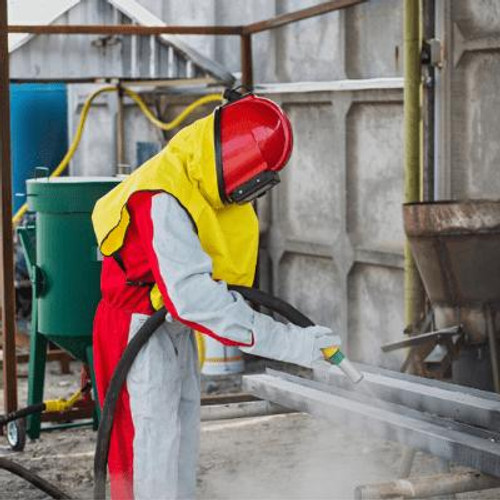In an era marked by rapid technological advancements and evolving work landscapes, the traditional approach to workplace safety is undergoing a significant transformation. As organizations navigate the complexities of the modern workplace, it becomes imperative to adopt dynamic policy solutions that not only address current safety challenges but also anticipate those of tomorrow. One of the key pillars of redefining workplace safety is embracing a proactive rather than reactive approach. Traditional safety policies often focus on reacting to incidents after they occur. However, the dynamic nature of today’s workplaces demands a shift towards preventing accidents before they happen. This involves leveraging cutting-edge technologies such as artificial intelligence, Iota devices, and predictive analytics to identify potential hazards and implement preventive measures. Artificial intelligence, in particular, plays a pivotal role in revolutionizing workplace safety.

AI algorithms can analyze vast amounts of data to identify patterns and predict potential safety risks. For instance, machine learning models can analyze historical incident data to predict the likelihood of accidents in specific work environments. This foresight allows organizations to implement targeted safety measures, reducing the risk of incidents and creating a safer working environment for employees. IoT devices further contribute to the transformation of workplace safety by providing real-time monitoring and data collection. Wearable devices equipped with sensors can track an employee’s vital signs and environmental conditions, alerting both the worker and the safety team to potential dangers. This real-time feedback loop empowers organizations to respond swiftly to emerging risks, preventing accidents and injuries. Dynamic policy solutions must also address the changing nature of work itself, including the rise of remote and flexible work arrangements.
As more employees work outside traditional office settings, it is crucial to extend safety policies beyond physical workplaces. Cybersecurity measures and guidelines for maintaining ergonomic home offices become integral components of a comprehensive safety strategy. Moreover, the concept of a safety culture is evolving to encompass not just physical well-being but also mental health. Organizations are recognizing the importance of promoting employee well-being holistically, acknowledging that a healthy mind contributes to a safe and productive work environment. Comprehensive policies should include mental health resources, stress management programs, and avenues for open communication to foster a supportive workplace culture. Safety Compliance Training Looking towards the future, the emergence of new technologies and work trends necessitates a continuous reassessment of safety policies. Organizations should establish mechanisms for regularly updating and adapting safety protocols to stay ahead of emerging risks. Continuous training programs and awareness campaigns ensure that employees remain informed about the latest safety measures and actively contribute to the organization’s safety culture.
